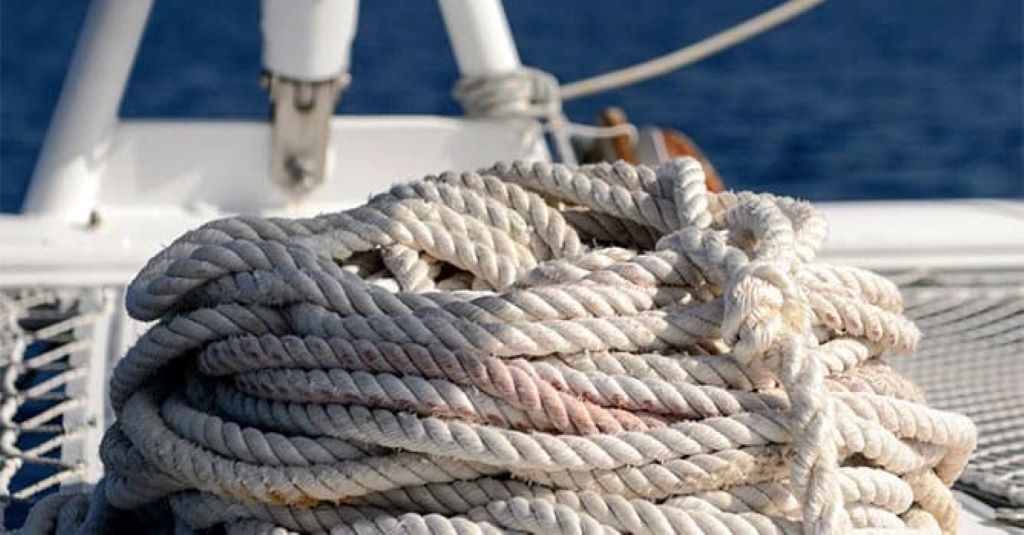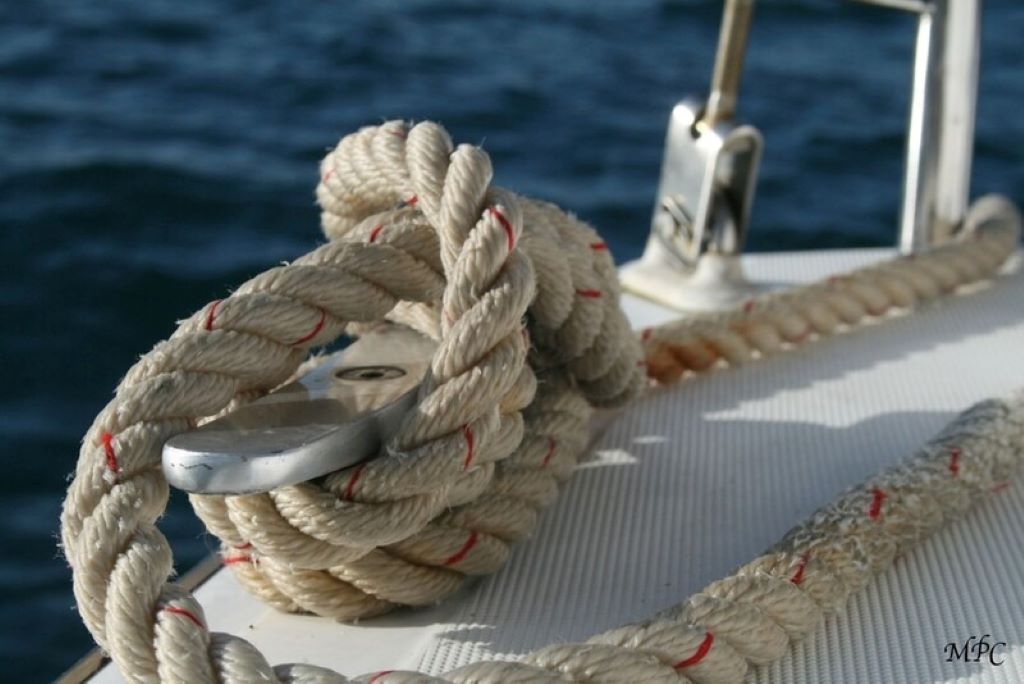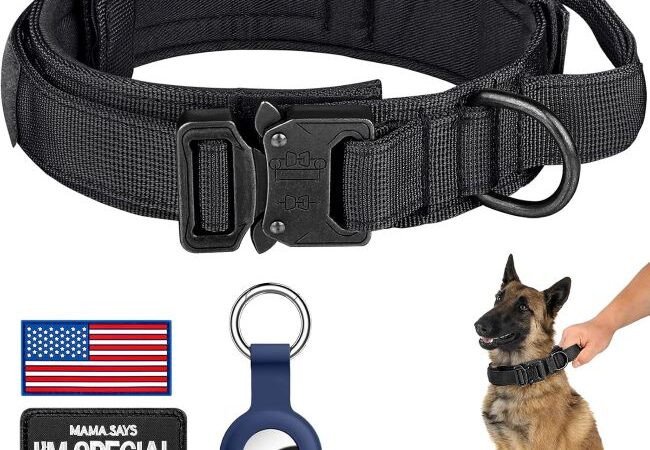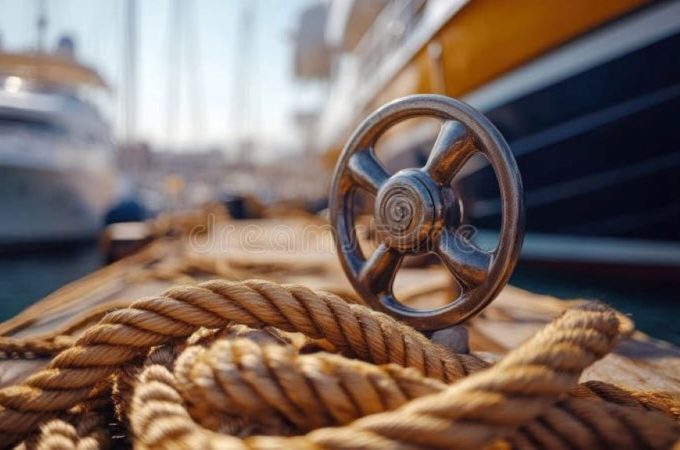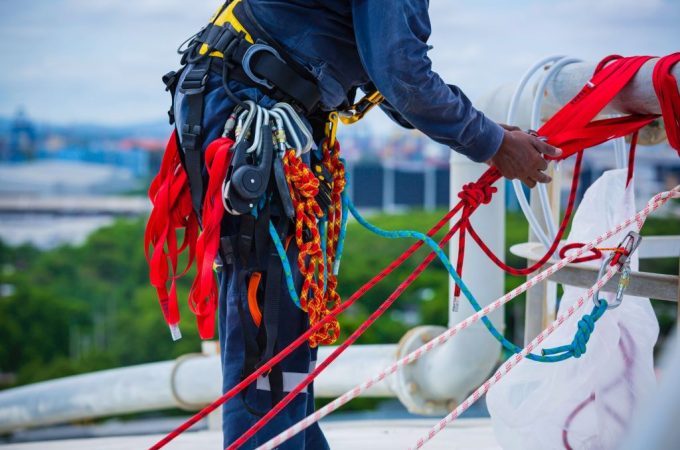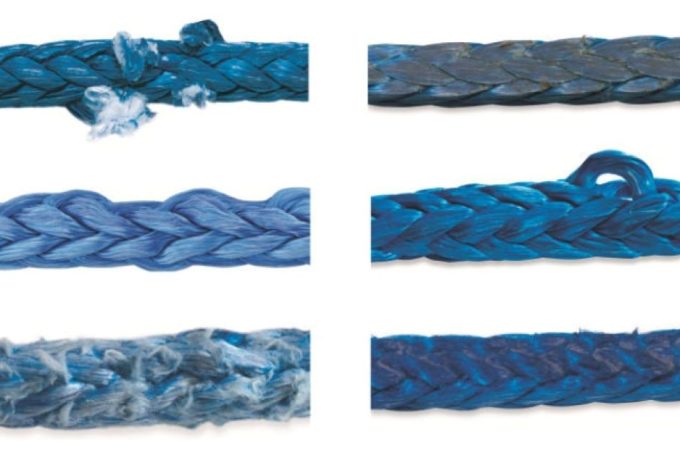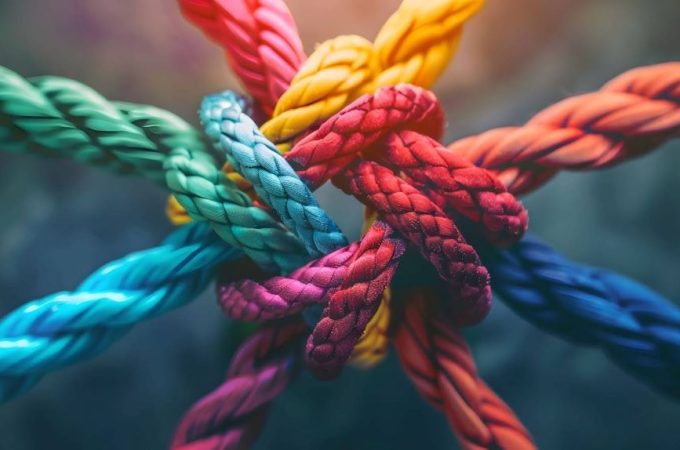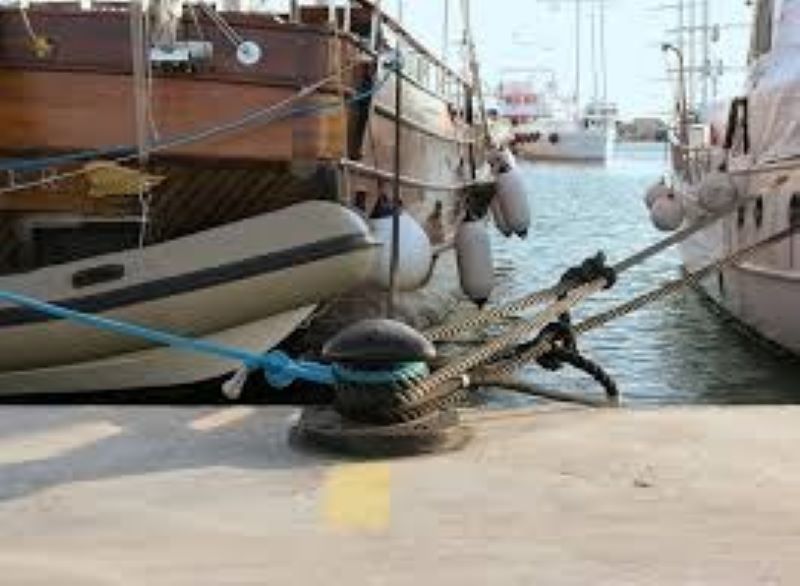
Avoid Gear Failure: Rope Care Essentials for Trawlers
Picture this: you’re miles offshore, nets deployed, when suddenly your main trawl rope snaps. The catch is lost, equipment damaged, and your entire operation comes to a grinding halt. This nightmare scenario becomes reality for countless trawler operators who neglect proper rope maintenance. Commercial fishing already ranks among the world’s most dangerous occupations, yet many captains overlook the critical foundation of their success—rope care.
Contents at a Glance
ToggleThe Hidden Cost of Rope Neglect
Commercial fishing operations lose millions annually due to preventable gear failures. Studies reveal that nearly 2% of all fishing gear, including thousands of kilometers of rope and line, gets lost to the ocean each year. However, the financial impact extends far beyond replacement costs. A single rope failure can result in lost catches worth thousands of dollars, vessel downtime, and potential safety hazards for crew members.
Expert marine engineers consistently emphasize that rope maintenance directly correlates with operational efficiency. Additionally, proper rope care reduces environmental impact by preventing gear loss that contributes to ocean pollution. The commercial fishing industry faces increasing scrutiny regarding marine debris, making equipment stewardship both an economic and environmental imperative.
Understanding Rope Degradation Patterns
Trawl ropes endure extreme conditions that accelerate deterioration through multiple mechanisms. Saltwater exposure creates corrosive environments that weaken synthetic fibers over time. Meanwhile, constant friction against nets, winches, and deck surfaces gradually reduces rope diameter and strength. Temperature fluctuations further compound these stresses, causing expansion and contraction cycles that fatigue rope structures.
UV radiation represents another significant threat to rope integrity. Therefore, ropes stored on deck without proper protection deteriorate faster than those kept in covered areas. Marine biologists note that biological growth on ropes can also compromise performance by adding weight and creating irregular surfaces that increase drag and wear.
Essential Daily Inspection Protocols
Effective rope care begins with systematic daily inspections that identify problems before they become catastrophic failures. Experienced captains recommend examining every rope segment for signs of wear, including fraying, cuts, and diameter reduction. Furthermore, checking for color changes can reveal chemical damage or UV degradation that isn’t immediately visible through surface inspection.
The inspection process should include running hands along rope surfaces to detect irregularities that visual checks might miss. However, crew safety remains paramount during these examinations. Sharp wire strands or damaged synthetic fibers can cause serious injuries, so proper protective equipment is essential during handling procedures.
Strategic Cleaning and Maintenance Techniques
Regular cleaning removes salt deposits, marine growth, and debris that accelerate rope deterioration. Freshwater rinses after each fishing trip help neutralize corrosive salt buildup that weakens rope fibers. Additionally, gentle brushing with soft-bristled tools removes biological fouling without damaging rope surfaces.
Proper drying techniques prevent moisture retention that promotes bacterial growth and accelerates decomposition. Therefore, ropes should be thoroughly dried before storage, preferably in well-ventilated areas away from direct sunlight. Some operators use rotating drying systems that ensure even moisture removal while minimizing UV exposure.
Storage Solutions That Extend Rope Life
Optimal storage conditions significantly impact rope longevity and performance reliability. Climate-controlled storage areas protect ropes from temperature extremes and humidity fluctuations that cause material degradation. Moreover, proper coiling techniques prevent kinking and stress concentration that weakens rope structures over time.
Avoiding contact with sharp edges, chemicals, and rough surfaces during storage prevents accidental damage that compromises rope integrity. Consequently, dedicated rope storage areas with smooth surfaces and adequate spacing between different rope types minimize cross-contamination and mechanical damage risks.
Replacement Timing and Warning Signs
Recognizing when ropes require replacement prevents costly failures and safety incidents. Industry experts recommend replacing ropes when diameter reduction exceeds 10% of original specifications. Additionally, visible core exposure, extensive fraying, or significant color changes indicate that replacement is necessary regardless of chronological age.
Load-bearing capacity testing provides objective measurements of rope condition beyond visual assessments. Furthermore, maintaining detailed maintenance logs helps track rope performance over time and identify patterns that inform replacement scheduling decisions.
Advanced Rope Technologies for Trawlers
Modern synthetic rope technologies offer superior performance characteristics compared to traditional materials. High-performance polyethylene and aramid fiber ropes provide exceptional strength-to-weight ratios while resisting chemical degradation. However, these advanced materials require specialized handling and maintenance procedures to achieve their full potential.
Hybrid rope constructions combine different fiber types to optimize specific performance characteristics. Therefore, understanding material properties helps operators select appropriate ropes for different applications and develop targeted maintenance strategies that maximize equipment lifespan and reliability.
Featured Snippet: Avoid Gear Failure: Rope Care Essentials for Trawlers
Proper trawler rope care prevents costly gear failures through systematic maintenance practices. Daily inspections identify wear patterns, fraying, and diameter reduction before catastrophic failures occur. Regular freshwater cleaning removes corrosive salt deposits while proper storage in climate-controlled areas extends rope life significantly. Replace ropes when diameter reduction exceeds 10% or when visible core exposure appears. Modern synthetic ropes require specialized handling but offer superior performance when maintained correctly. Effective rope care reduces operational costs, prevents safety hazards, and minimizes environmental impact from lost fishing gear.
Frequently Asked Questions
How often should trawler ropes be inspected?
Daily visual inspections are essential, with comprehensive examinations weekly. Additionally, professional assessments should occur quarterly to identify subtle degradation patterns that routine checks might miss.
What are the most common signs of rope failure?
Diameter reduction, fraying, color changes, and core exposure represent primary failure indicators. Furthermore, stiffness changes and unusual wear patterns suggest imminent replacement needs.
Can damaged ropes be repaired effectively?
Minor surface damage can sometimes be addressed through splicing techniques. However, significant structural damage typically requires complete rope replacement to maintain safety standards and operational reliability.
How do storage conditions affect rope longevity?
Climate-controlled storage away from UV radiation and chemicals significantly extends rope life. Moreover, proper coiling techniques prevent stress concentration that accelerates material degradation.
What’s the average lifespan of commercial trawling ropes?
Rope lifespan varies dramatically based on usage intensity, maintenance quality, and environmental conditions. Well-maintained ropes in moderate conditions typically last 2-5 years, while heavily used equipment may require annual replacement.
Are synthetic ropes better than natural fiber options?
Synthetic ropes generally offer superior strength, chemical resistance, and longevity compared to natural fibers. Additionally, they maintain consistent performance characteristics across various environmental conditions.
How much should operators budget for rope replacement?
Rope replacement costs typically represent 3-8% of annual operational expenses. However, proactive maintenance can reduce these costs while preventing expensive downtime and lost catches.
Final Thought
Rope care represents the foundation of successful trawling operations, directly impacting safety, profitability, and environmental responsibility. The statistics are clear: operators who invest in systematic rope maintenance experience fewer equipment failures, reduced operational costs, and improved crew safety records. As the commercial fishing industry faces increasing economic pressures and environmental scrutiny, proper gear stewardship becomes both a competitive advantage and an ethical obligation. Related Topics: Climbing Rope Care: Your Comprehensive Guide
Ready to revolutionize your trawling operations? Start implementing these rope care essentials today and transform equipment maintenance from a reactive expense into a proactive profit center. Your crew’s safety, your bottom line, and our oceans depend on it.

